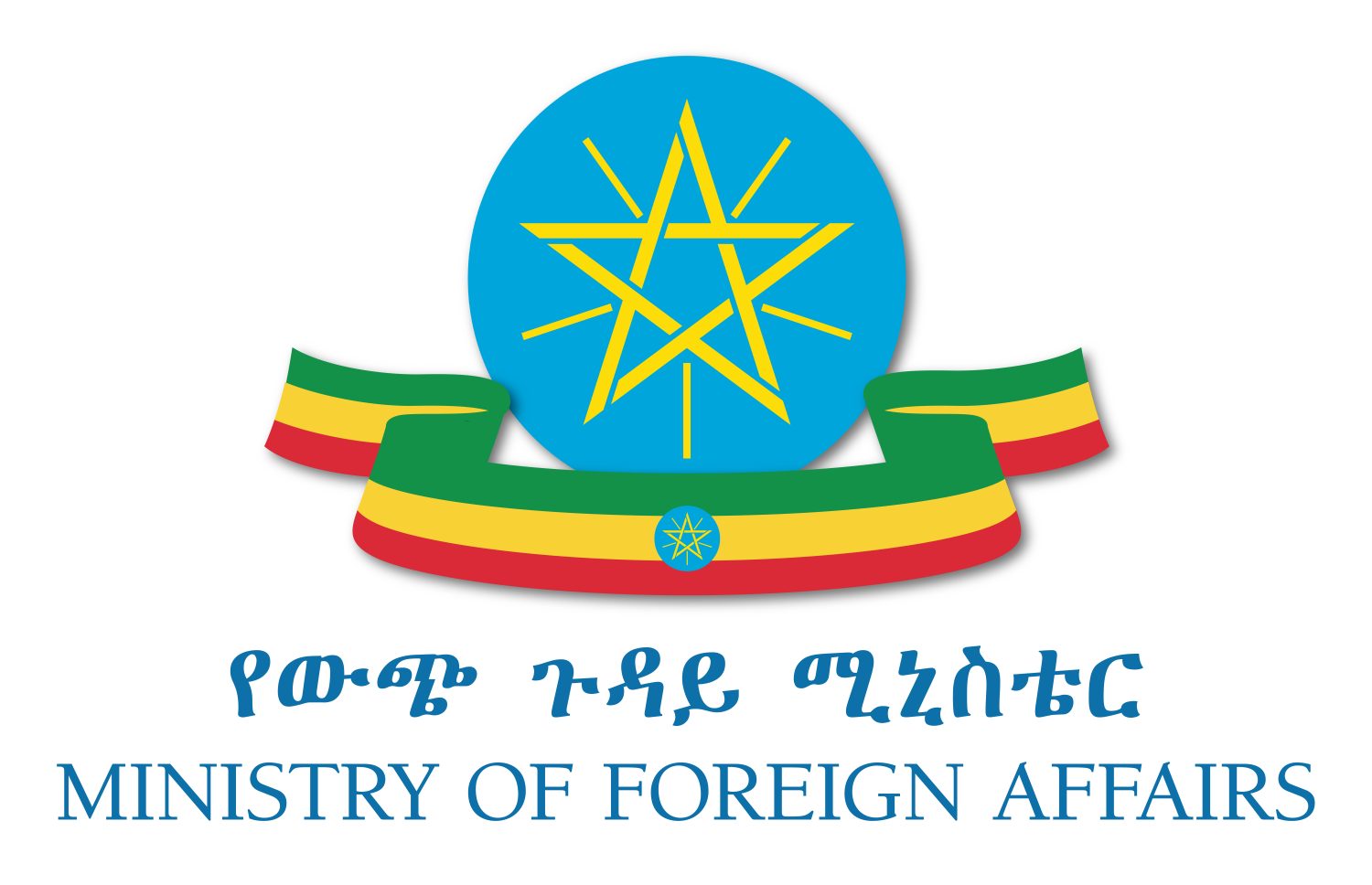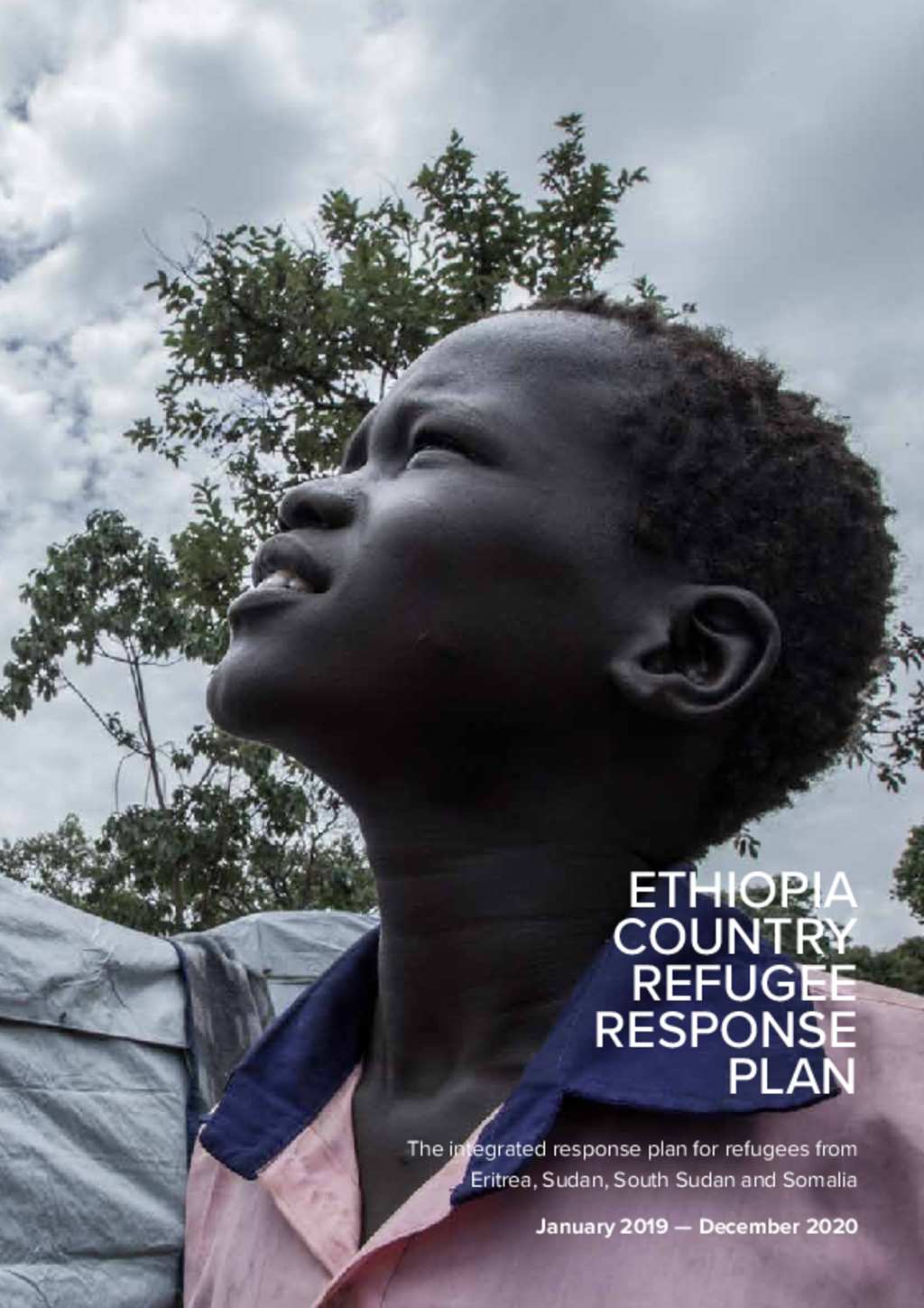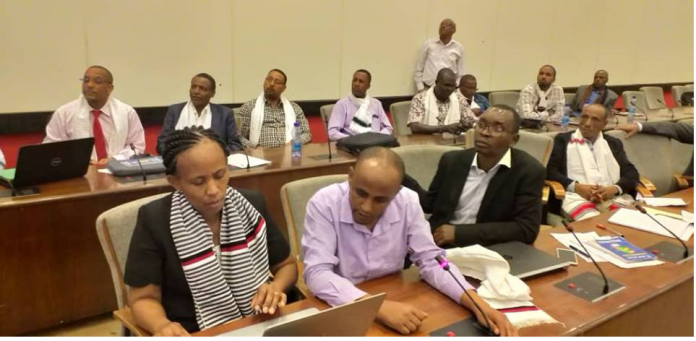Nearly 200 countries struck a landmark deal on Saturday (October 15) in Kigali to reduce emissions hydrofluorocarbons (HFCs), one of the most powerful greenhouse gases. This could prevent up to 0.5°C of global warming by the end of this century. The amendment to the Montreal Protocol on Substances that Deplete the Ozone Layer agreed in Kigali is the single largest contribution the world has made towards keeping the global temperature rise “well below” 2°C, the target agreed at Paris last year. UN Environment chief, Erik Solheim, said “Last year in Paris, we promised to keep the world safe from the worst effects of climate change. Today, we are following through on that promise. This is about much more than the ozone layer and HFCs. It is a clear statement by all world leaders that the green transformation started in Paris is irreversible and unstoppable.” The Kigali deal, seven years in the making, is “much stronger than Paris”, and it is mandatory. US Secretary of State, John Kerry, said, “It is likely the single most important step we could take at this moment to limit the warming of our planet and limit the warming for generations to come.”
HFCs, commonly used in refrigeration and air conditioning as substitutes for ozone-depleting substances, are currently the world’s fastest growing greenhouse gases, increasing by up to 10% a year. They are also one of the most powerful, trapping thousands of times more heat in the Earth’s atmosphere than carbon dioxide. They have shown rapid growth in recent years, driven by a growing demand for cooling, particularly in developing countries with a fast-expanding middle class and hot climates. It’s estimated that 1.6 billion new air conditioning systems could be put in place over the next three decades, to add to the billions already in use, with the growing need for air conditioning in countries on either side of the equator being exacerbated by record heat caused by the accumulation of global greenhouse gases.
Now agreement has been reached for developed countries to start to phase down HFCs by 2019. The final deal will divide the world economy into three tracks. The richest countries, including the United States and those in the European Union, will freeze the production and consumption of HFCs by 2018, reducing them to about 15 percent of 2012 levels by 2036. Much of the rest of the world, including China, Brazil and all of Africa, will freeze HFC use by 2024, reducing it to 20 percent of 2021 levels by 2045. A small group of the world’s hottest countries, India, Pakistan, Iran, Saudi Arabia and Kuwait, will freeze HFC use by 2028 and reducing it to about 15 percent of 2025 levels by 2047.
Countries also agreed to provide adequate financing for HFCs reduction, the cost of which is estimated at billions of dollars globally. The exact amount of additional funding will be agreed at the next Meeting of the Parties in Montreal, in 2017. Grants for research and development of affordable alternatives to hydrofluorocarbons will be the most immediate priority. Those currently being explored include substances that do not deplete the ozone layer and have a smaller impact on the climate, such as ammonia or carbon dioxide. Super-efficient, cost effective cooling technologies are also being developed, which can help protect the climate both through reducing HFCs emissions and by using less energy.
The Kigali Amendment adds momentum to two other climate action milestones this month. One, of course, was achieving the critical mass of ratification for the Paris climate accord. On 5 October 2016, the Secretary-General of the United Nations announced that conditions for the entry into force of the Paris Agreement had been met and that it would enter into force on November 4, 2016. The two requirements, that over 55 parties ratify the Agreement and that they accounted for more than 55% of the total greenhouse gas emission, had been met. The second milestone was the agreement to curb aviation emissions. The International Civil Aviation Organization (ICAO) meeting on October 6 successfully negotiated a global emissions-reduction scheme for the aviation industry. This will be voluntary until 2027, after which most states will be obliged to participate.
This week, too, the Moroccan Presidency of the 22nd Conference of Parties to the United Nations Framework Convention on Climate Change (UNFCCC) hosted the Pre-COP Ministerial Meeting in Marrakech (October 18-19), in preparation for the COP22 Marrakech Climate Change Conference, taking place, in Marrakech, November 7 to 18. The opening plenary was chaired by Salaheddine Mezouar, Minister of Foreign Affairs and Cooperation of Morocco and COP22 President, and Segolene Royal, Minister of Environment of France and COP21 President, with Ministers, Special Envoys, Ambassadors and Representatives from over 70 countries present.
Salaheddine Mezouar congratulated the international community for the successes achieved, triggering the early entry into force of the Paris Agreement, the ICAO agreement to curb CO2 emissions from the international aviation sector and the Kigali Amendment to the Montreal Protocol for the phasedown of hydrofluorocarbons. He emphasized that Morocco would like to see all Parties that have not yet ratified the Paris Agreement do so rapidly. It would also like to see Parties implement and strengthen their Nationally Determined Contributions to climate change; Morocco would set an example and therefore, said Mr. Mezouar, “we have revised our greenhouse gas emissions reduction goal from 32% to 42% by 2030.” The final aim was to mobilize non-state actors with the goal of institutionalizing their actions under the Global Climate Action Agenda. Morocco wants COP22 will be a COP of action with a special focus on the important contributions of civil society.
The Pre-COP Ministerial Meeting finalized preparations for COP22, as well as for the 12th Session of the Conference of the Parties serving as the Meeting of the Parties to the Kyoto Protocol (CMP12), and the 1st Session of the Conference of the Parties serving as the Meeting of the Parties to the Paris Agreement (CMA1). The main areas of discussion covered the early entry into force of the Paris Agreement scheduled for November 4 and the holding of the first meeting of the Parties to the Agreement (CMA1) on November 15 during COP22. Participants addressed the implementation of the Paris Agreement, the development of its rulebook, finance for climate adaptation and mitigation in developing countries including a $100 billion dollar per year roadmap proposal made by donor countries for climate finance by 2020, the issue of Loss and Damage as per the Warsaw Mechanism, capacity-building initiatives such as the Paris Committee on Capacity Building, the Capacity Building Initiative for Transparency and the Nationally Determined Contributions Partnership to strengthen and help countries implement these.
In Marrakech, the aim will be to strengthen action on mitigation and adaptation by all Parties before 2020, to make concerted efforts to support domestic action that will give effect to nationally determined contributions, and combine this with collaborative initiatives as part of intensified Global Climate Action with non-state actors. Efforts will be made to put in place measures for strengthening appropriate financial flows, a new technology framework and an enhanced capacity building framework as envisioned in the Paris Agreement with a view to supporting action by developing countries and the most vulnerable countries, in line with their own national objectives. COP22 will also include a series of thematic days, on agriculture and food security, cities, energy, forests, business, oceans, transport, water, and gender, focusing on accelerating and mobilizing climate action by non-state actors including businesses, cities, sub-national governments and NGOs. Gender Day will be on November 15, the Women’s Leader Summit on November 16 and the High-Level event on November 17, with the presentation of the Global Climate Action Agenda report. The 22nd Session of the Conference of the Parties to the United Nations Framework Convention on Climate Change (COP22) will also include the Marrakech Call to Action.




